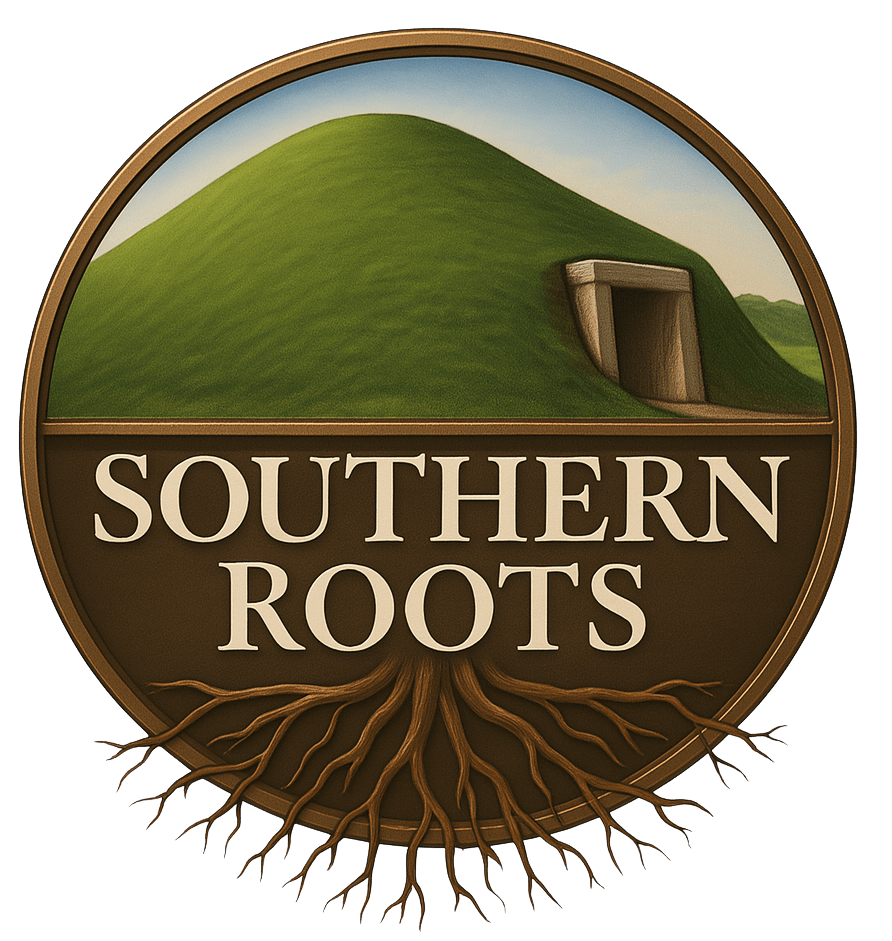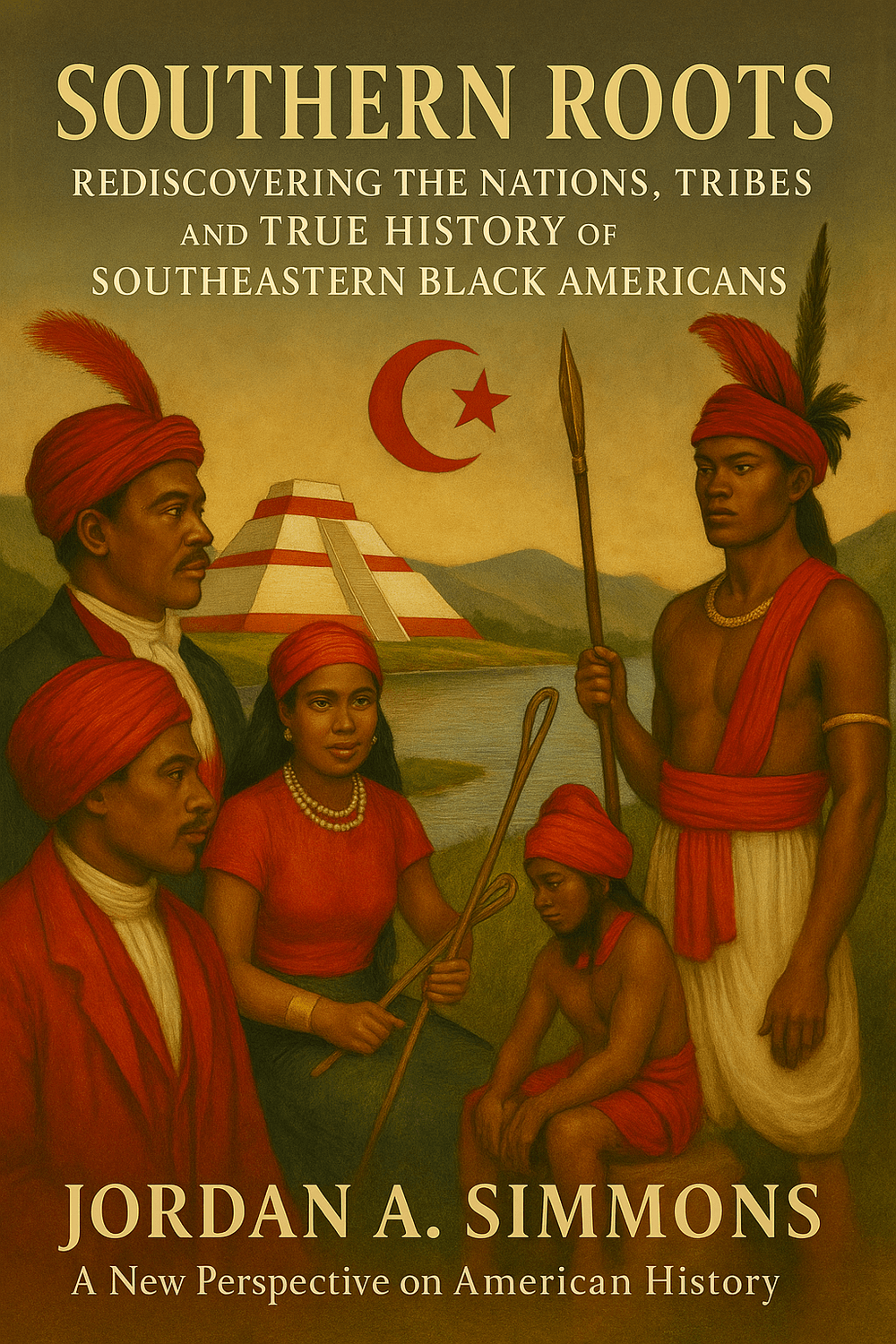The Civil Government of the Original American Nations
Long before the United States drew its first constitution, the original nations of the American Southeast had already established intricate systems of governance. These Indigenous nations, the ancestors of today’s Southeastern Black Americans, were not lawless tribes, but self-governing civilizations organized around town-based governments, clan law, and sacred order. Their civil government was rooted not in hierarchy alone, but in sacred duty, kinship, and consensus.
A Town-Based Republic
In "Creek" society, what European writers once misunderstood as "tribes" were in fact autonomous Ĭtalua (towns), each functioning as a civic body or district. An Ĭtalua could mean "my own town" or "my country," and it signified a real place with laws, leadership, and ceremonial roles. Multiple gens (clans or families) united under one miko (chief), forming a political unit that Europeans would later call a "tribe."
Each Ĭtalua governed itself with full autonomy, choosing its own miko or leader, who served as the civil executive, responsible for internal order, law, and diplomacy. The town elected the miko for life, and when he grew old or died, his assistant would be approved by a council of elders and succeed him—often a nephew in the matrilineal line.
The Council and the Elders
Beneath the miko was a ruling council, composed of the mikālgi, elder statesmen of the gens or family, and the hinihālgi, old men and advisors. The mikālgi formed the town's council, approving the miko's assistant, advising in diplomacy, and offering judgments in times of war or peace. The hinihālgi, often ceremonial leaders, supervised construction, agriculture, and spiritual preparation—notably the making of the black drink for communal ritual.
These councils were not merely advisors, but respected authorities whose wisdom maintained continuity across generations. The authority of the town rested in them, not by force, but by persuasion and the power of ancestral law.
Beloved Men and Ceremonial Law
Among the most respected figures in the civic government were the isti’tskālkalgi, or Beloved Men. These individuals were seasoned warriors and diplomats who had earned great public esteem. Many had served as war leaders in their youth and later as civil sages. Historical accounts suggest they were often entrusted with interpreting sacred law, maintaining oral traditions, and guiding the town in moral and political matters.
The distinction between red towns (military, aggressive, active) and white towns (peaceful, diplomatic, elder) helped regulate civil structure and responses to conflict. Towns of refuge, like Kūsa, embodied the white principle and often hosted meetings of diplomacy and national significance.
The Confederacy of Fire
Although each town was sovereign, they were bound together in a sacred alliance known as the People of One Fire. This confederacy was not a centralized empire but a spiritual and diplomatic union, upheld through intermarriage, clan ties, and shared ceremonial obligations. Leaders from various towns would meet in council to deliberate on matters of collective concern, preserving peace while recognizing each town's autonomy.
This model of confederate governance—with sovereign republics united under shared law and ancestry—predated the U.S. federal system and offers a striking alternative to Western political assumptions.
A Legacy Hidden in Plain Sight
Today, many descendants of these nations are classified as "Black Americans," unaware that their ancestors governed towns, led councils, and upheld sacred law on this very soil. The matrilineal lineages, town-based republics, and warrior-diplomat systems of the southeast were not primitive vestiges but structured, sovereign institutions.
These truths do not belong to the past alone. They remain embedded in the names, stories, and bloodlines of countless Southeastern families who are still here—only now called by other names.
Want to learn more about how Southeastern Black families were once part of a sovereign civilization? Discover the true story in Southern Roots: Rediscovering the Nations, Tribes, and True History of Southeastern Black Americans
Let us know what you think in the comments!

